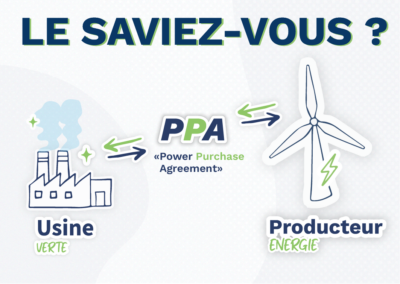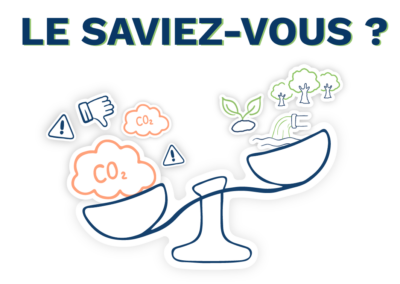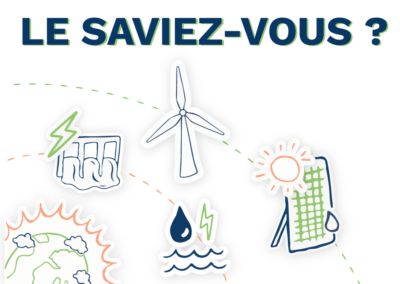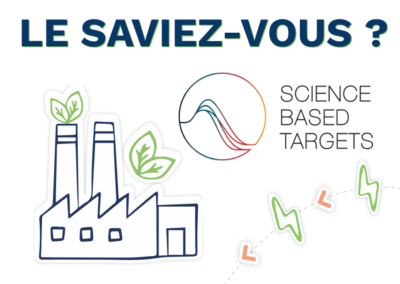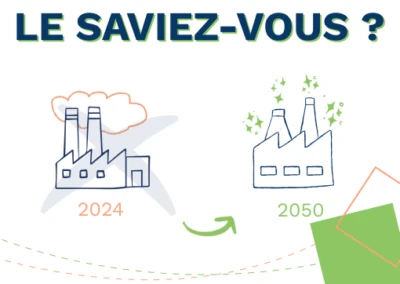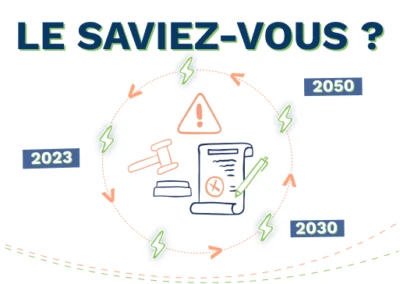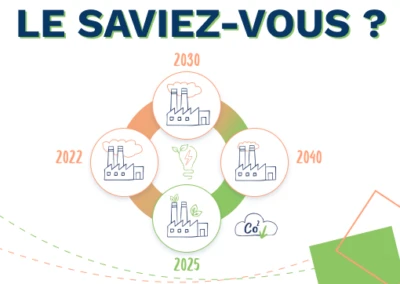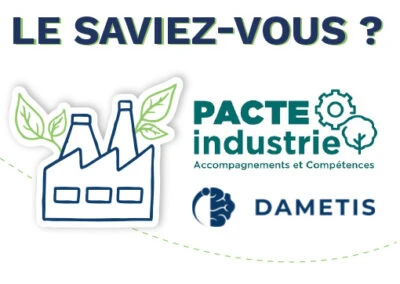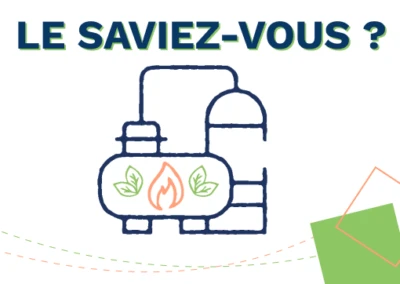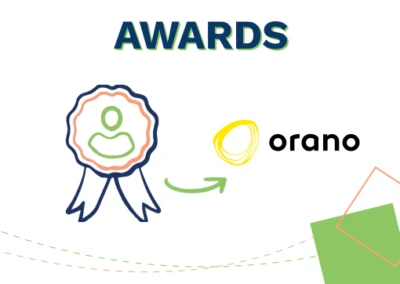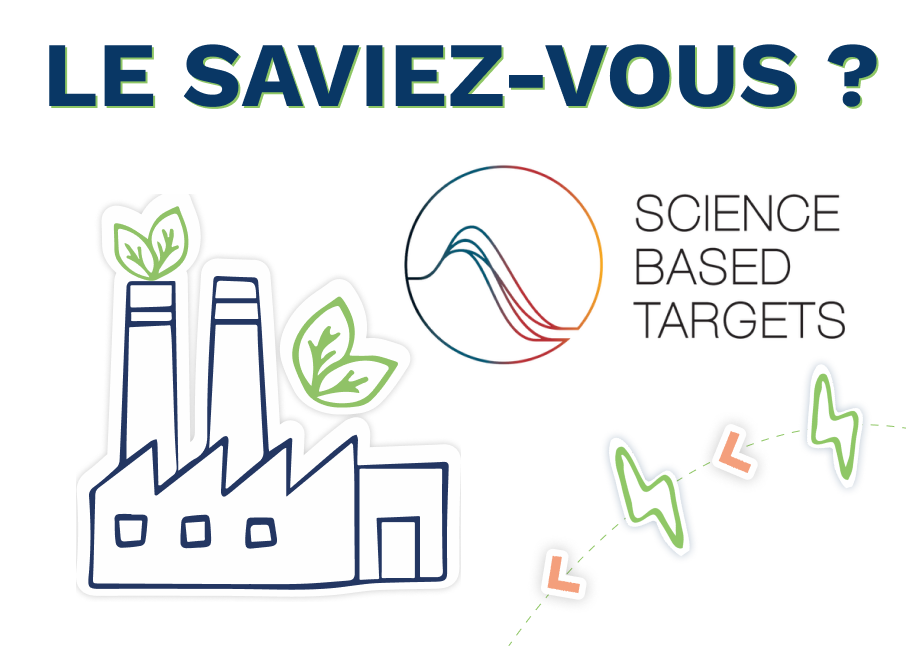
The objectives of the SBTI: understanding all
What are the origins of the SBTi?
– The Carbon Disclosure Project (CDP), is an organization with extensive environmental data on companies, cities, regions, and states.
– UN Global Compact (UNGC), is a United Nations initiative helping businesses adopt environmentally and consumer-friendly strategies and practices.
– The World Resources Institutes (WRI), is an organization studying solutions to address environmental challenges at various levels, for both governments and businesses.
– The World Wide Fund for Nature (WWF), is an NGO working for environmental protection and sustainable development.
This science-based targets project was launched following the 2015 Paris Climate Agreement, one of whose main objectives is to curb global warming by limiting the temperature increase to below 2°C or even 1.5°C. Reducing greenhouse gas emissions is essential to achieving this goal, and SBTi is working towards this project.
Discover how Dametis can support you in reducing your industry’s carbon footprint!
What is the role of the SBTi?
The SBTi’s main mission is to meet the objectives set by the COP21, where the Paris Agreement on Climate Change was signed in 2015.
Numerous studies have shown that companies are the largest producers of GHG emissions. The manufacturing and construction industry is indeed the third sector emitting the most greenhouse gas emissions, with over 73 million tons of CO2 emitted in 2022 according to INSEE.
For a better future, it is time to act on companies’ emissions, which is why the SBTi is committed to helping and supporting companies in their decarbonization projects.
The SBTi is committed to:
- Raising awareness among companies about good environmental practices, encouraging them to become more responsible and transparent about their actions
- Sharing its expertise with companies
- Providing technical assistance
- Encouraging companies to achieve carbon neutrality with the “Net Zero” standard.
- Ensuring that the greenhouse gas emission reduction targets set by companies are in line with those of the Paris Agreement.
To ensure that companies reduce their greenhouse gas emissions while respecting the limits set by the Paris Agreement on Climate Change, the SBTi works closely with experts. These experts will collaborate with organizations to set a qualitative GHG reduction target in terms of both timeline and quantity.
To do this, these experts rely on SBTs (Science Based Targets), carbon budgets, greenhouse gas emission scenarios defined by the IPCC or IEA, as well as emission allocation methods.
SBT objectives must necessarily take into account scope 1 and 2 as defined by the GHG Protocol. Scope 3, on the other hand, is not considered if it represents less than 40% of the total emissions generated by the company. To learn more about the different scopes, we invite you to click here.
Focus on the “Net Zero” standard
– Setting short-term objectives
– Defining long-term objectives
– Company investment in carbon avoidance projects outside its value chain
– Neutralizing all residual emissions
Why engage your company in an SBT approach?
In addition to becoming a committed actor for the climate, joining the SBTi also represents many major benefits for companies. Meeting SBT targets will allow the organization to:
- Develop a more ethical brand image to attract clients, suppliers, investors, and collaborators
- Achieve savings and improve its energy performance
- Anticipate changes in public policies
- Ensure the company’s activity sustainability by securing energy resources and raw material supply
- Gain a competitive advantage
How to engage your company in the SBTi approach?
Any company can engage in the process, it will then need to demonstrate commitment and transparency in its decarbonization process. Here are the different steps to follow to engage in the SBTi process:
Step 1: Prove commitment in writing
The first step is a quick administrative formality which consists of completing a commitment letter, which must then be returned to the SBTi. Signing this commitment letter is essential to start the process.This document is available on the SBTi website.
Step 2: Set an objective that meets SBTi criteria
After the commitment letter, the company has a two-year period to consider the objective it must achieve in terms of decarbonization. The objective is established following a carbon footprint assessment that provides a baseline year in terms of greenhouse gas emissions.
It is important to note that since 2022, submissions must be aligned with a minimum ambition target of 1.5°C, otherwise, the submission will be rejected by the SBTi.
Step 3: Validation of the set objective
Once the objective is set, it must then be submitted to the SBTi using the form: Target check form. The technical committee will take over the document and analyze it according to various criteria.
Step 4: Publicly communicate about its own objective
SBTi strongly encourages the communication of the set objectives to all stakeholders of the company.
A massive awareness
Climate change is currently having a more than harmful impact on our planet. Melting ice caps, endangered species, recurring droughts, it is time to take action to ensure a better future.
GHGs mainly come from the activity of companies, so they have an essential role to play in the fight against climate change.
Today, companies are aware of their environmental impact and are subject to numerous regulations requiring them to review their strategies.
SBTi is a key ally for companies wishing to decarbonize. Setting a personalized, coherent, achievable target encourages organizations to reduce their greenhouse gas emissions, and many companies have already begun the process.
Among them, we find: Carrefour, Kellogg’s, Kering, Enel, Thalys… All companies that have set SBT targets are listed on the SBTi website.
- Kering has committed to reducing its greenhouse gas emissions from its operations by 50% and emissions from transportation by 40% by 2025.
- Kellogg’s has set a target to reduce its GHGs by 65% by 2050.
- And you?
Dametis can support you in reducing the greenhouse gas emissions of your industry!









